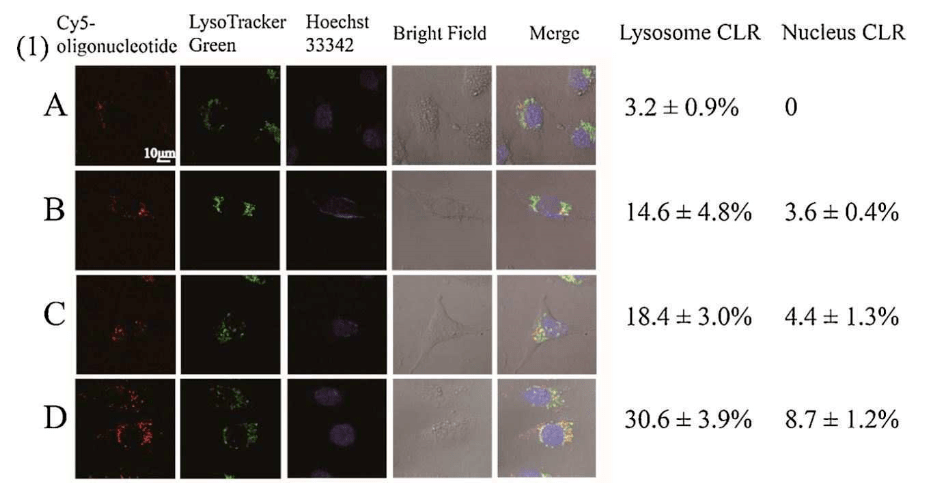

- IMAGEJ COLOCALIZATION PLUGIN HOW TO
- IMAGEJ COLOCALIZATION PLUGIN UPDATE
- IMAGEJ COLOCALIZATION PLUGIN FULL
The colocalization Object Counter is optimized for annotating and keeping track of each object’s colocalization category, that is, which fluorescent label(s) are associated with each object. Published in ( ) This ImageJ plugin enables semi-automatic identification and quantification of image objects, with the opportunity to employ varying degrees of automation as desired.
IMAGEJ COLOCALIZATION PLUGIN FULL
Full description of the plugin can be found in the original publication: jar file, and click "download" top right). jar files from urls below, and put in your ImageJ/FIJI /plugins/ folder:
IMAGEJ COLOCALIZATION PLUGIN UPDATE
Open FIJI and click Help>Update>Manage Update Sites>Add update siteĭownload the most recent.Installing the plugin: Option 1 - Recommended!: There is no need to download them individually. above are automatically installed when using the ImageJ plugin. (in folder: "Matlab 3d visualization files") *the Microsoft Excel macro file (in folder: "Excel data organizer macro file").NB 2! Both plugins 1 + 2, including the Excel and Matlab files are automatically installed by adding our update site (see Installation - option 1). NB! This is the repository for Plugin 2 in the above image. I found a good cell counting tool for ImageJ lacking, so maybe this plugin (and plugin 1) can be included as a standard part of FIJI.
IMAGEJ COLOCALIZATION PLUGIN HOW TO
The ImageJ plugin 1 might be somewhat hard to understand how to use effectively (though we hope not - the video above should help), but ImageJ plugin 2 should be very simple and useful to the broader community. I hope the community will appreciate our work. *3D visualize cells according to colocalization data *Export combined image series data to Matlab for 3D modeling Custom Matlab script: *Analyze and edit data from image series. *Import data from Colocalization Object Counter *Save data, load data, and export data to Excel. *Tools for subsequent 3D modeling/representation of data: draw tissue contours and indicate image-series global XY-origin. *Assign, classify and keep track of multichannel signal presence/absence (colocalization analysis) for each cell/object.

*Quantity (count) cells/objects in a semi-automatic manner. ImageJ plugin 2: Colocalization Object Counter: Thicker 3D scans may be best to sub-divide into substacks (built-in ImageJ substack tool) prior to analysis with this tool. *Meant for tissue slices a few cell layers deep, depending on density of cells-of-interest. This simplifies the analysis of 3D colocalization data. *Can transform Z-stack 3D data into a specialized 2D Z-projection where Z-projection colocalization artifacts are removed/reduced. *Designed to help avoid common colocalization analysis artifacts and errors. *Pre-process multichannel Z-stack (or 2D) microscopy images into a visual format for faster, simpler, and more accurate colocalization analysis. Video explanation (Plugin 2 + Excel + Matlab): Features: ImageJ plugin 1: Colocalization Image Creator: Colocalization Object Counter An ImageJ plugin for cell-by-cell semi-automatic object based colocalization analysis


 0 kommentar(er)
0 kommentar(er)
